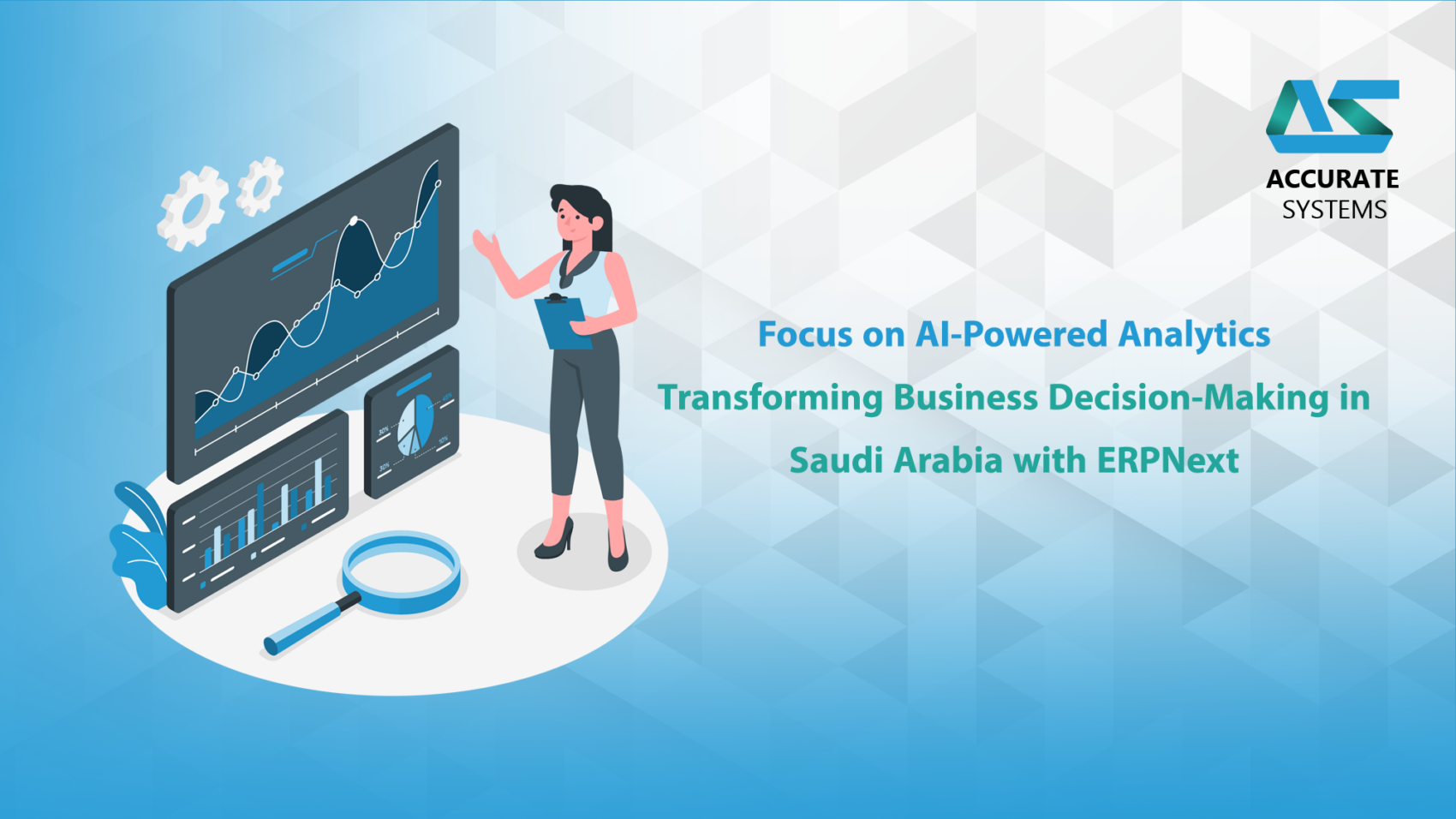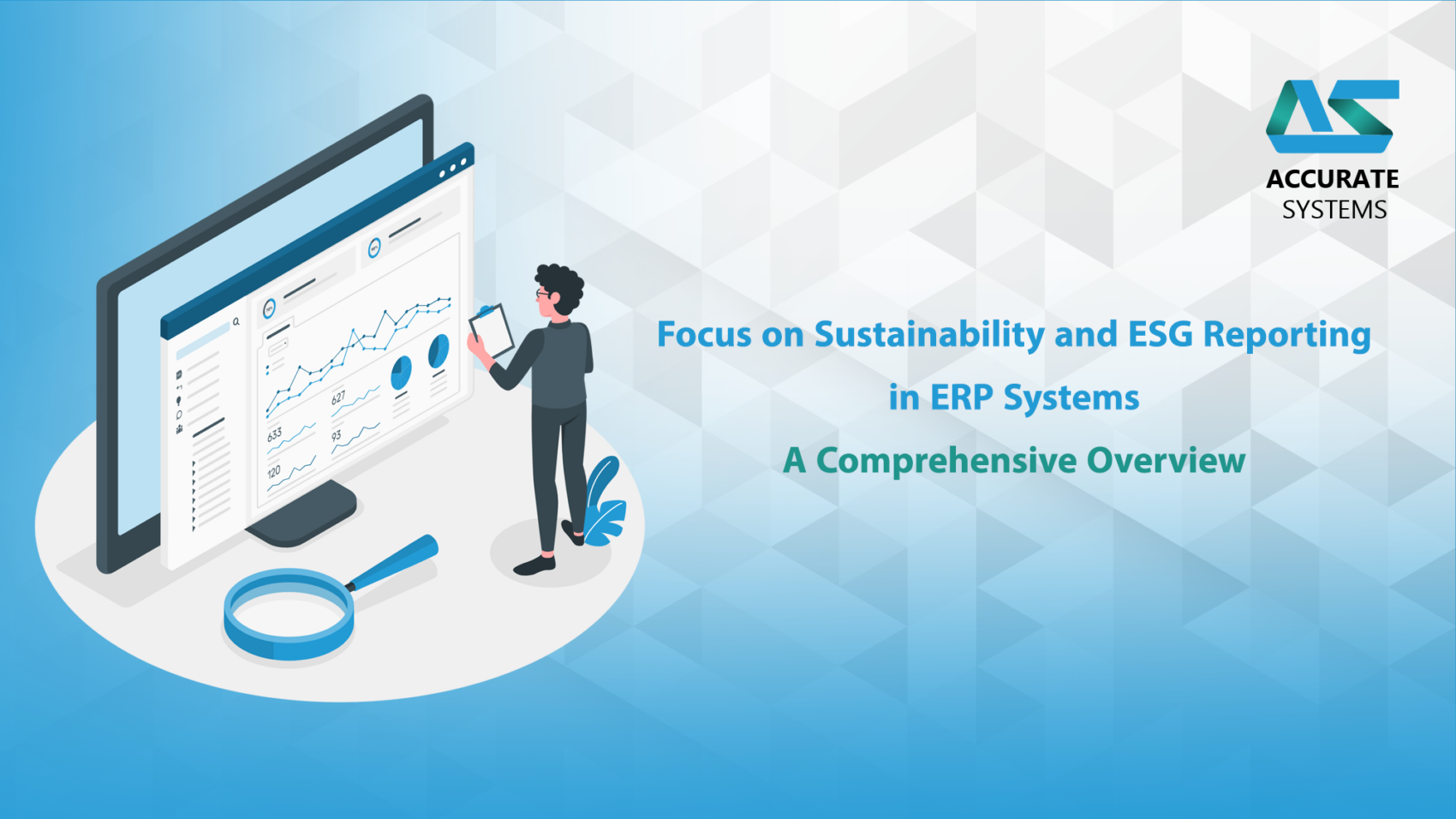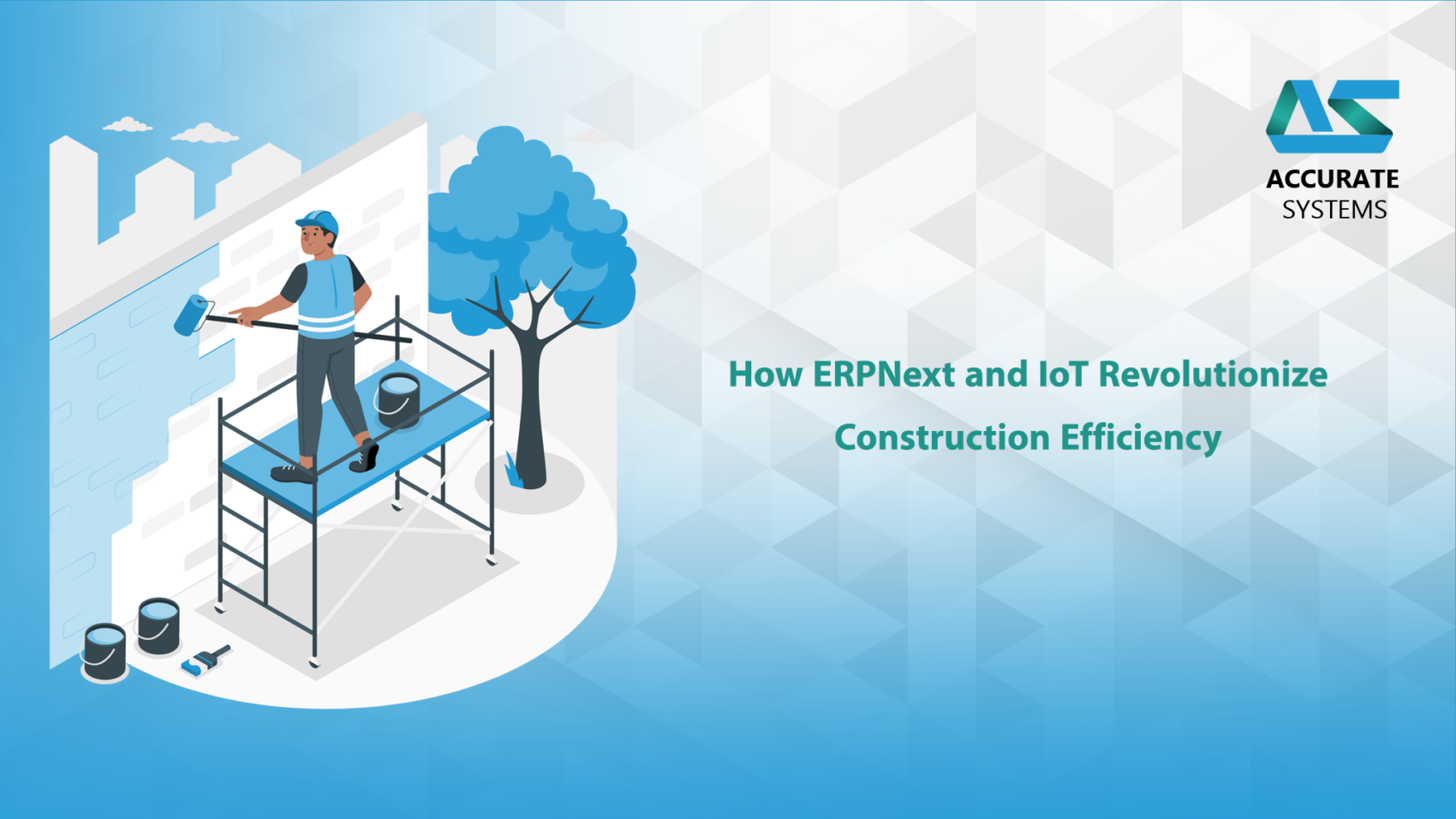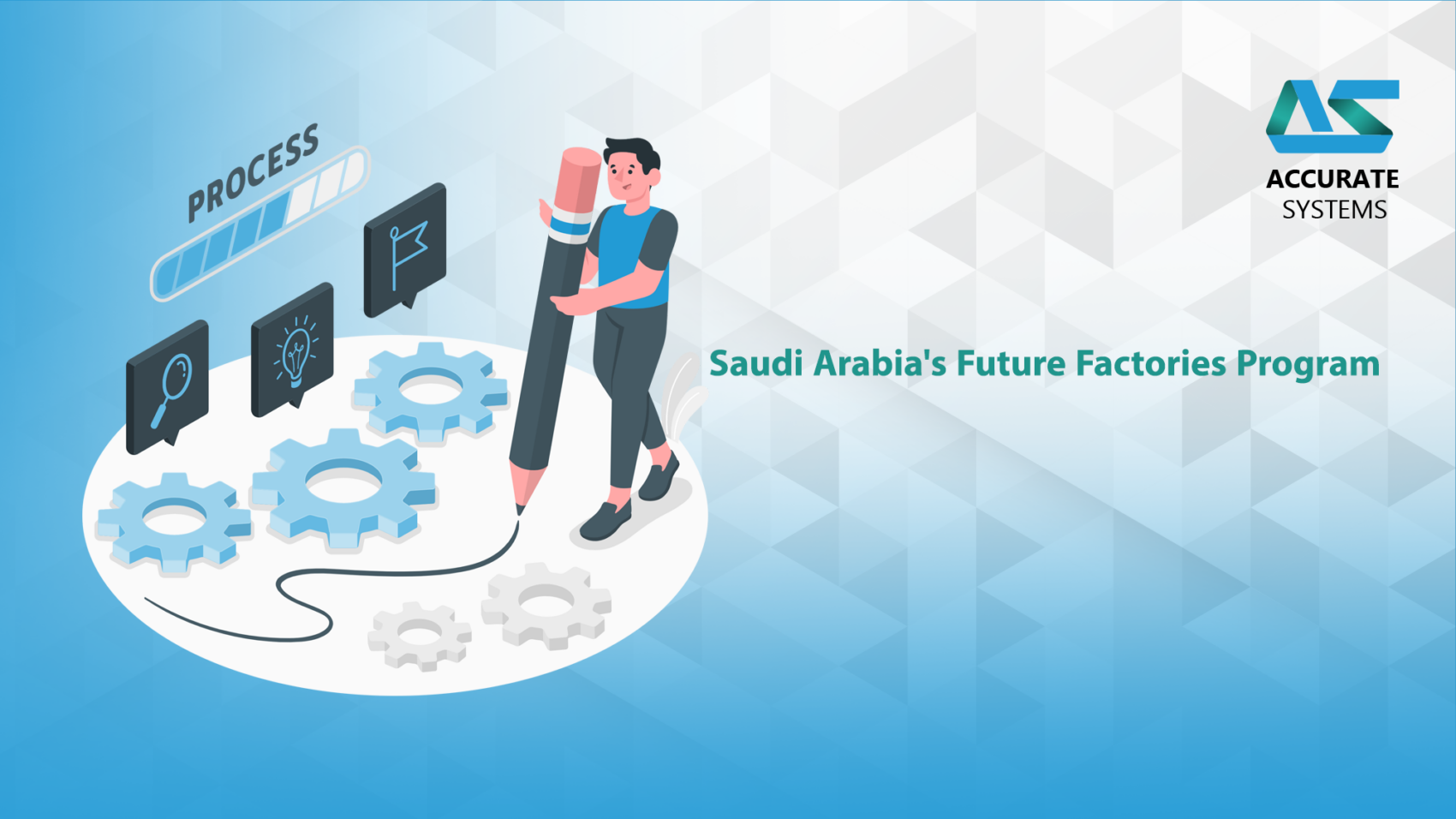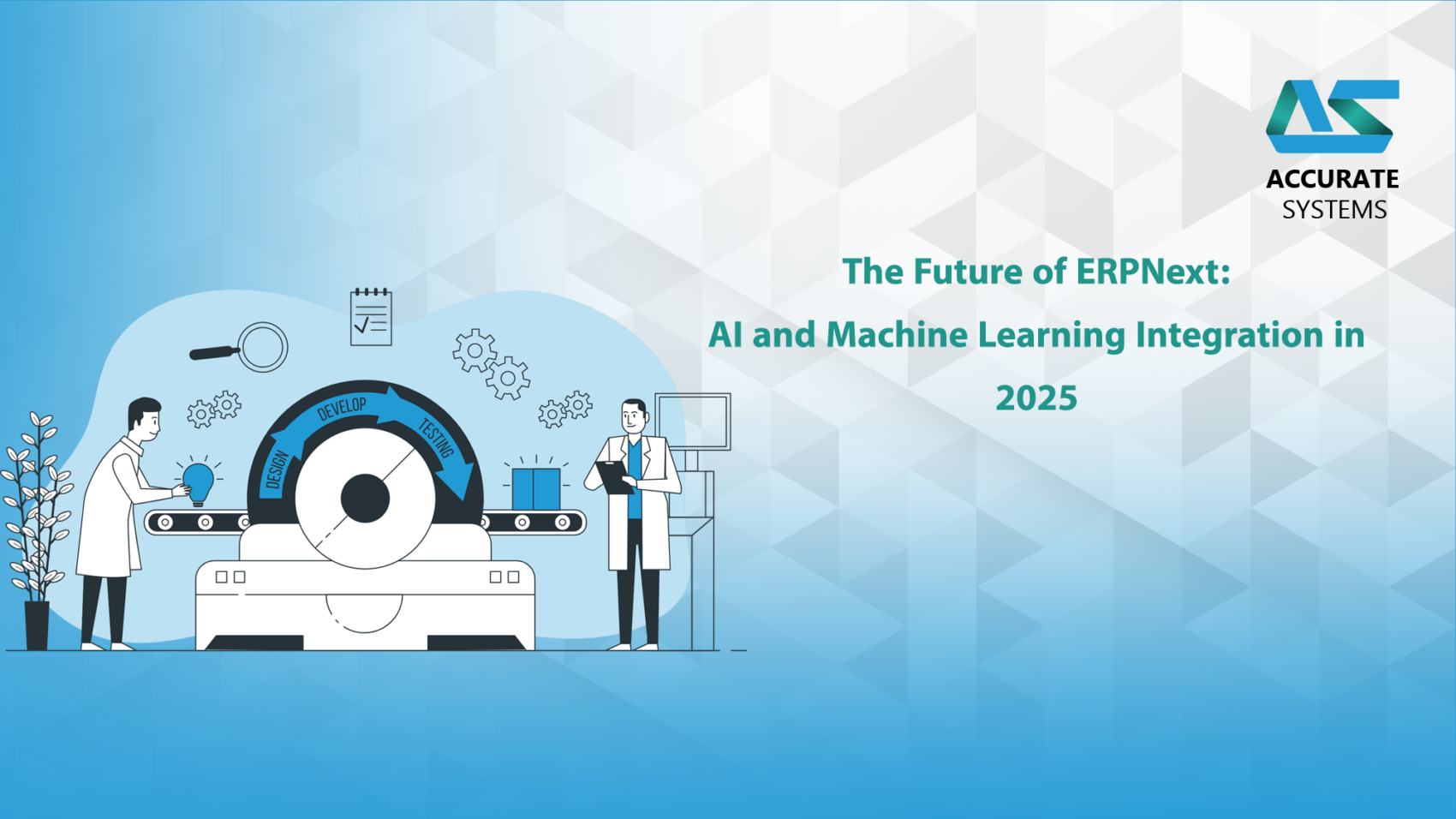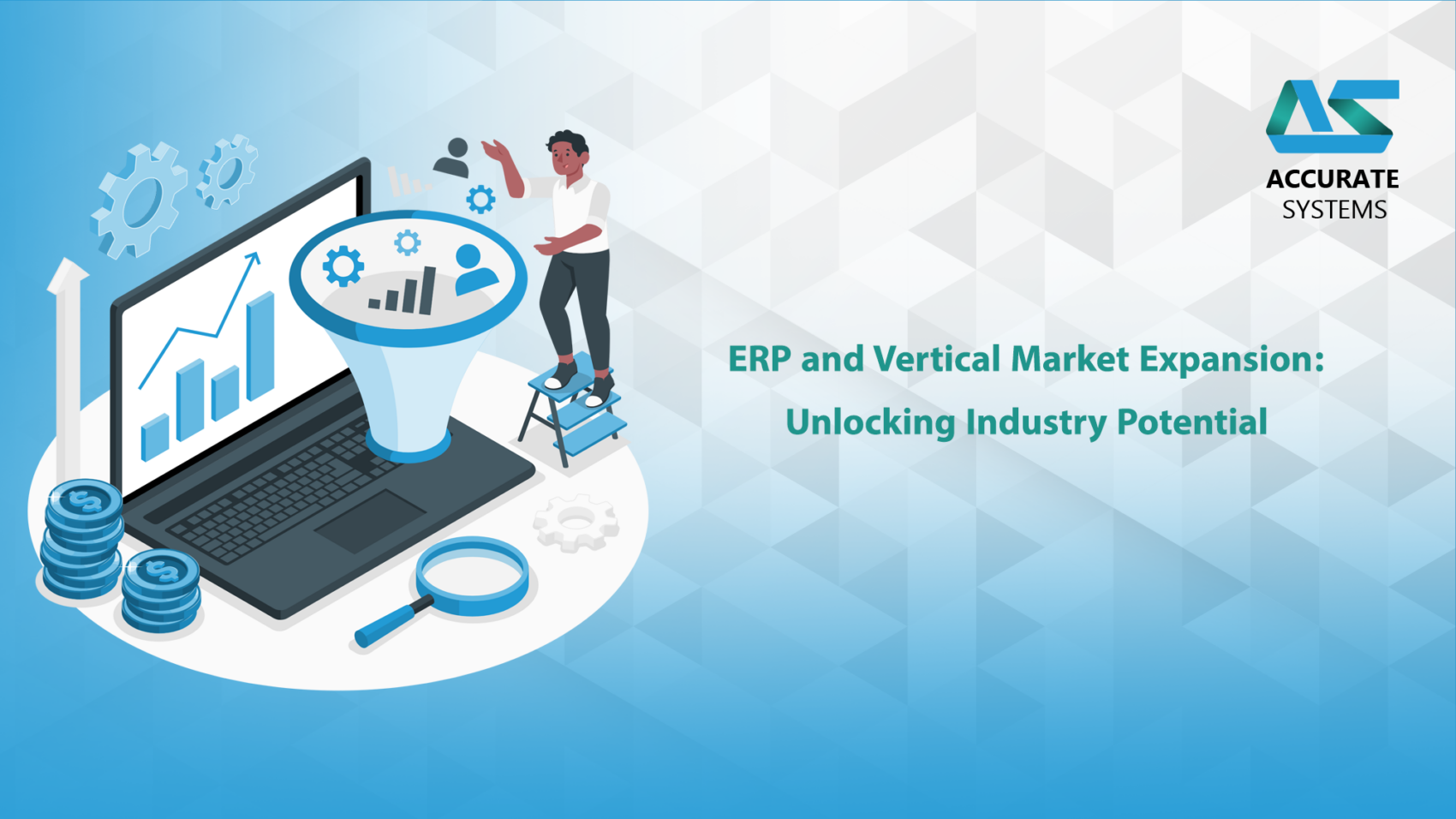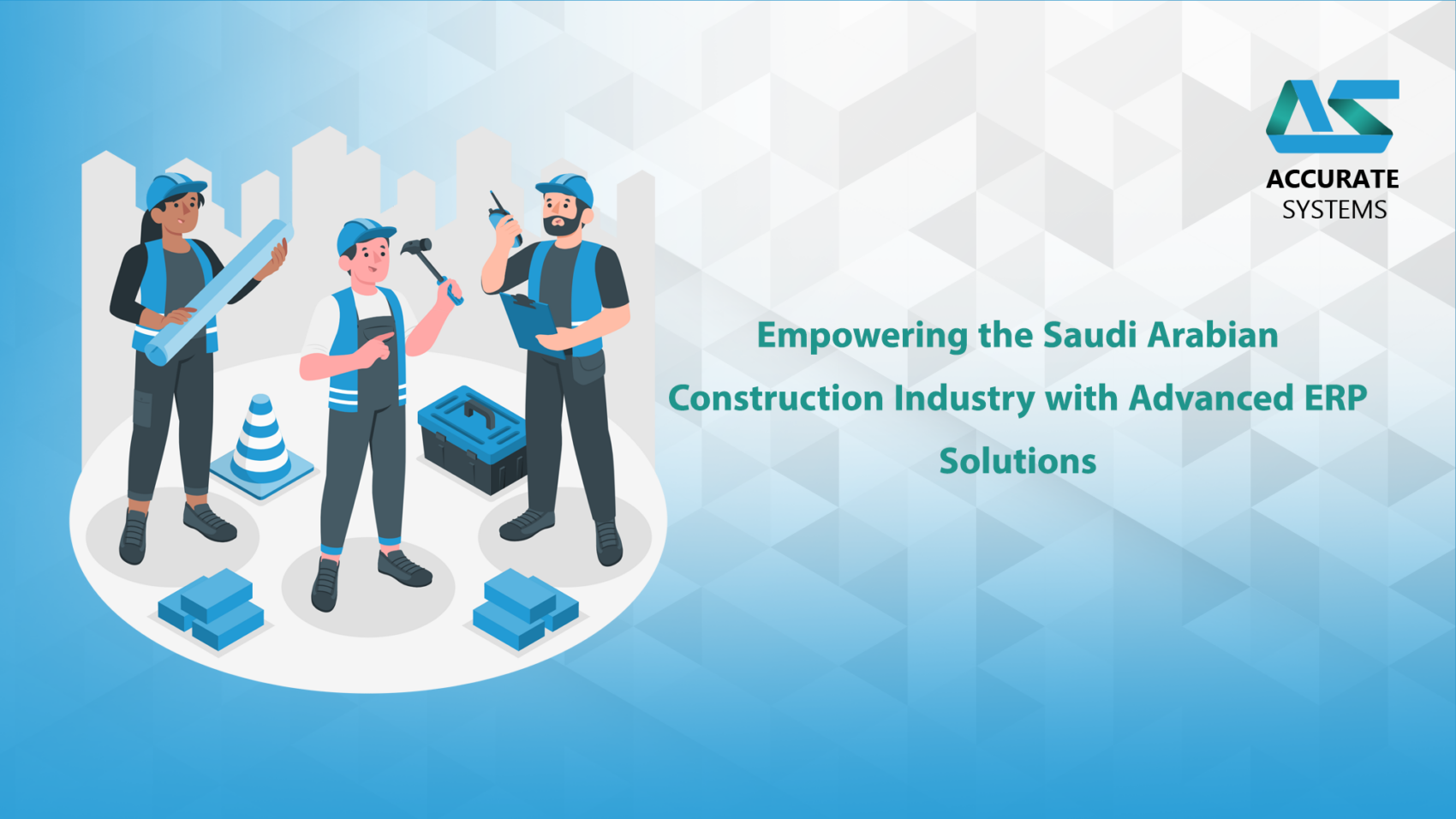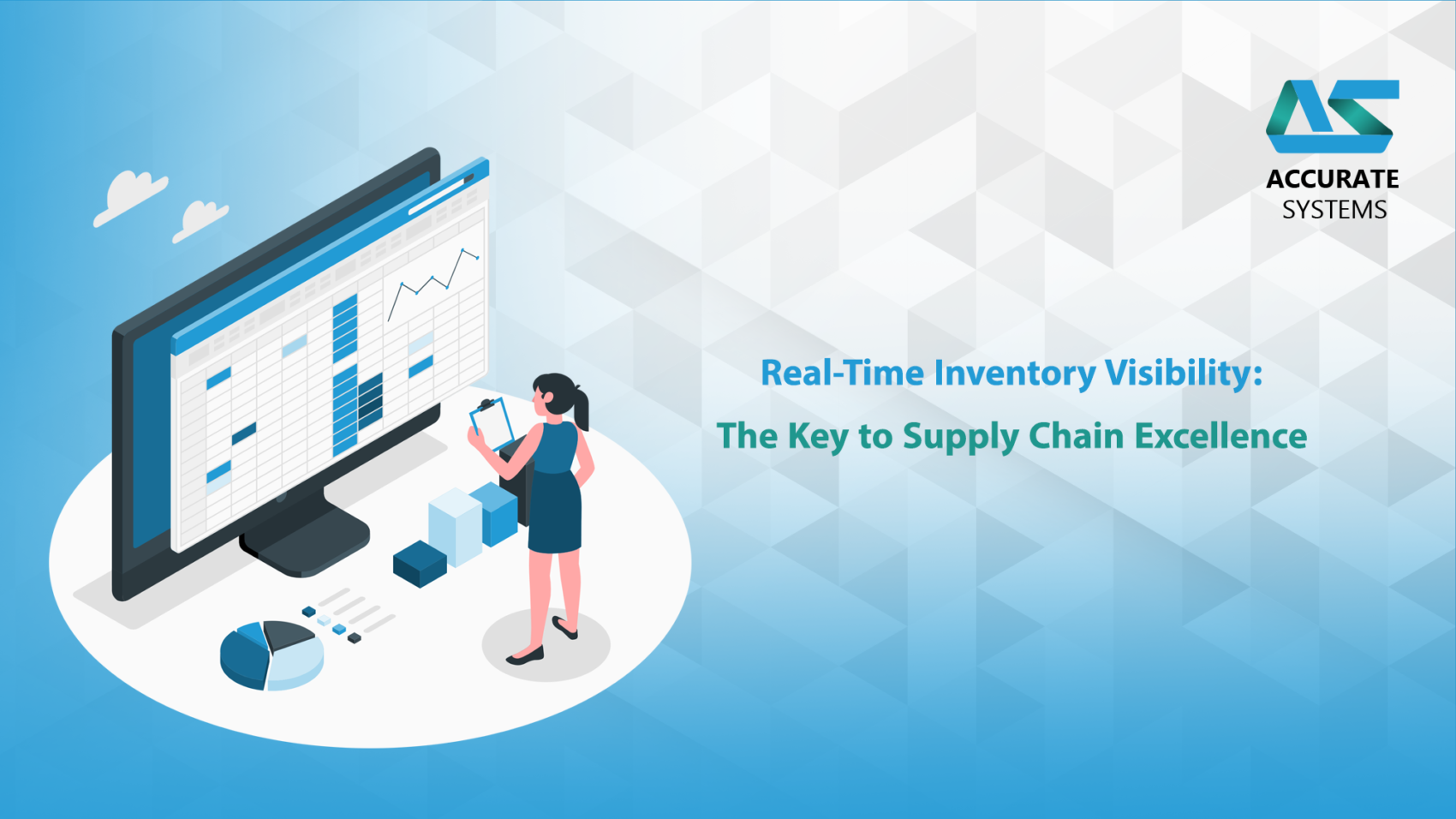In the era of data-driven business landscapes, artificial intelligence (AI) is becoming a game-changer for organizations seeking a competitive edge. Saudi Arabia, aligned with its Vision 2030, is at the forefront of embracing innovative technologies like AI-powered analytics. ERPNext, a leading open-source ERP platform, empowers businesses with advanced AI-driven insights. This article explores how AI-powered analytics in ERPNext is revolutionizing decision-making and enabling Saudi businesses to achieve strategic success.
What Are AI-Powered Analytics?
AI-powered analytics leverages artificial intelligence to analyze data, uncover patterns, and provide actionable insights. Unlike traditional reporting, AI analytics offers predictive and prescriptive insights, enabling organizations to:
- Boost Efficiency: Automate data processing and reduce manual work.
- Improve Accuracy: Minimize errors in forecasting and strategy.
- Enhance Agility: Quickly adapt to market trends and shifts.
- Proactive Decision-Making: Stay ahead of competitors by identifying opportunities early.
ERPNext integrates AI-powered analytics to deliver these benefits and support Saudi businesses in achieving their goals.
Top Features of AI-Powered Analytics in ERPNext
1. Predictive Analysis
Predictive analysis in ERPNext uses AI algorithms to forecast future trends, helping businesses:
- Optimize Sales: Predict demand and align inventory accordingly.
- Understand Customers: Analyze purchasing behaviors for tailored marketing.
- Plan Financially: Estimate revenue and cash flow for better budgeting.
By anticipating challenges and opportunities, predictive analysis ensures businesses stay prepared.
2. Automated Forecasting
ERPNext’s automated forecasting tools simplify complex processes, including:
- Generating precise forecasts for sales and production.
- Dynamically adjusting projections based on real-time data.
- Conducting scenario analyses for contingency planning.
This eliminates guesswork, enabling more accurate business planning.
3. Real-Time Dashboards
Real-time dashboards in ERPNext offer immediate insights, featuring:
- Aggregated data across departments for a holistic view.
- KPIs like revenue, expenses, and customer satisfaction.
- Actionable insights for quick decision-making.
These dashboards help decision-makers monitor performance and adapt instantly.
Applications of AI Analytics Across Key Industries
AI-powered analytics in ERPNext drives transformation across several industries in Saudi Arabia:
1. Retail
Retail businesses utilize AI analytics to:
- Forecast demand during peak seasons.
- Personalize customer experiences with targeted campaigns.
- Optimize supply chain processes to reduce waste and costs.
2. Manufacturing
Manufacturers benefit from AI tools to:
- Predict equipment maintenance needs and avoid downtime.
- Schedule production efficiently based on demand forecasts.
- Minimize resource waste, enhancing sustainability.
3. Healthcare
In healthcare, ERPNext’s AI capabilities help:
- Predict patient admissions for better resource allocation.
- Improve treatment outcomes through data-driven insights.
- Monitor medical supply levels to avoid shortages.
4. Finance
Financial institutions gain by:
- Detecting fraud in real-time using AI-driven insights.
- Forecasting market trends for better investment strategies.
- Delivering personalized services through data analysis.
Why AI-Powered Analytics Matter for Saudi Businesses
Integrating AI-powered analytics into ERPNext provides organizations in Saudi Arabia with numerous advantages:
- Smarter Decisions: Leverage data-driven insights for strategic planning.
- Enhanced Productivity: Automate routine tasks, focusing on high-value activities.
- Cost Efficiency: Optimize resource allocation and reduce waste.
- Competitive Edge: Identify trends and act swiftly to stay ahead.
- Regulatory Compliance: Meet local and international standards with accurate reporting.
Challenges and Solutions
Adopting AI-powered analytics in ERPNext comes with challenges, including:
- Data Integration: ERPNext’s modular design simplifies the consolidation of data from multiple sources.
- Skill Gaps: Training programs can help businesses build the necessary expertise to manage AI tools.
- Initial Costs: While setup costs may be high, long-term ROI makes the investment worthwhile.
How AI Analytics Aligns with Vision 2030
AI-powered analytics directly supports Saudi Arabia’s Vision 2030 by:
- Driving Digital Transformation: Encouraging the adoption of advanced technologies across industries.
- Enhancing Economic Diversification: Supporting sectors beyond oil with innovative solutions.
- Improving Global Competitiveness: Equipping businesses with tools to compete on a global scale.
- Creating Jobs: Fostering demand for AI and data science professionals.
Conclusion
AI-powered analytics in ERPNext is reshaping how businesses in Saudi Arabia operate. Features like predictive analysis, automated forecasting, and real-time dashboards empower organizations to make proactive, strategic decisions.
As Vision 2030 accelerates the Kingdom’s economic transformation, the adoption of AI-powered tools will be crucial for success. Businesses that embrace ERPNext’s AI capabilities today are positioning themselves as industry leaders for tomorrow.
Leverage the power of AI analytics in ERPNext to unlock a smarter, more efficient future for your business.

